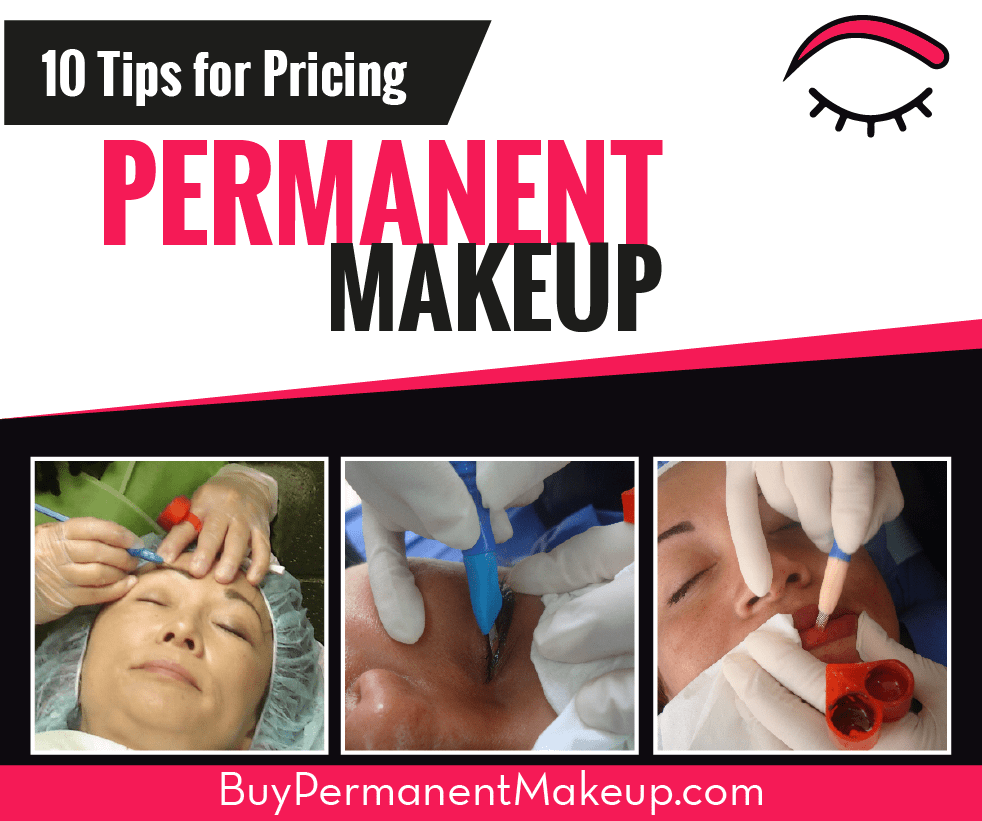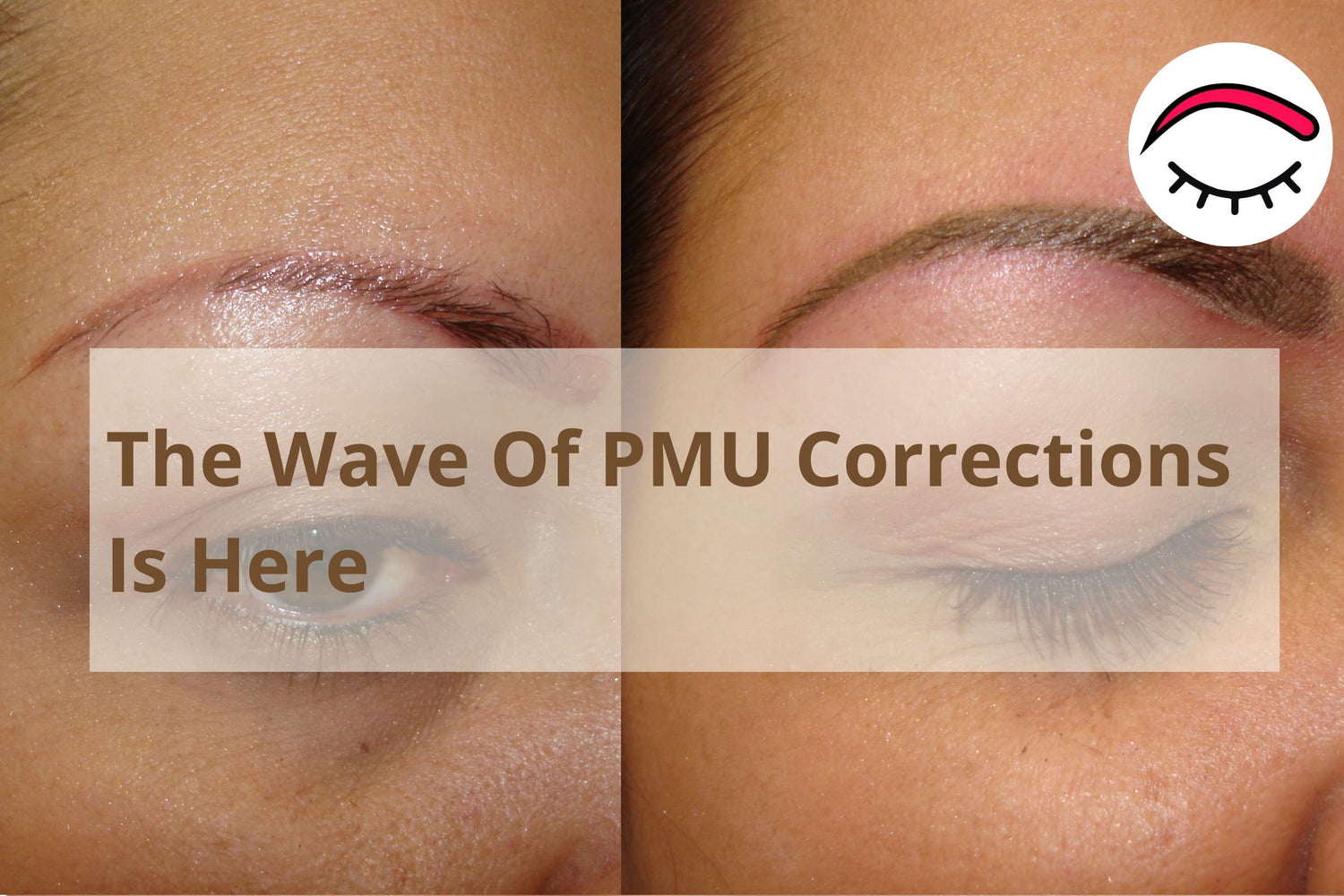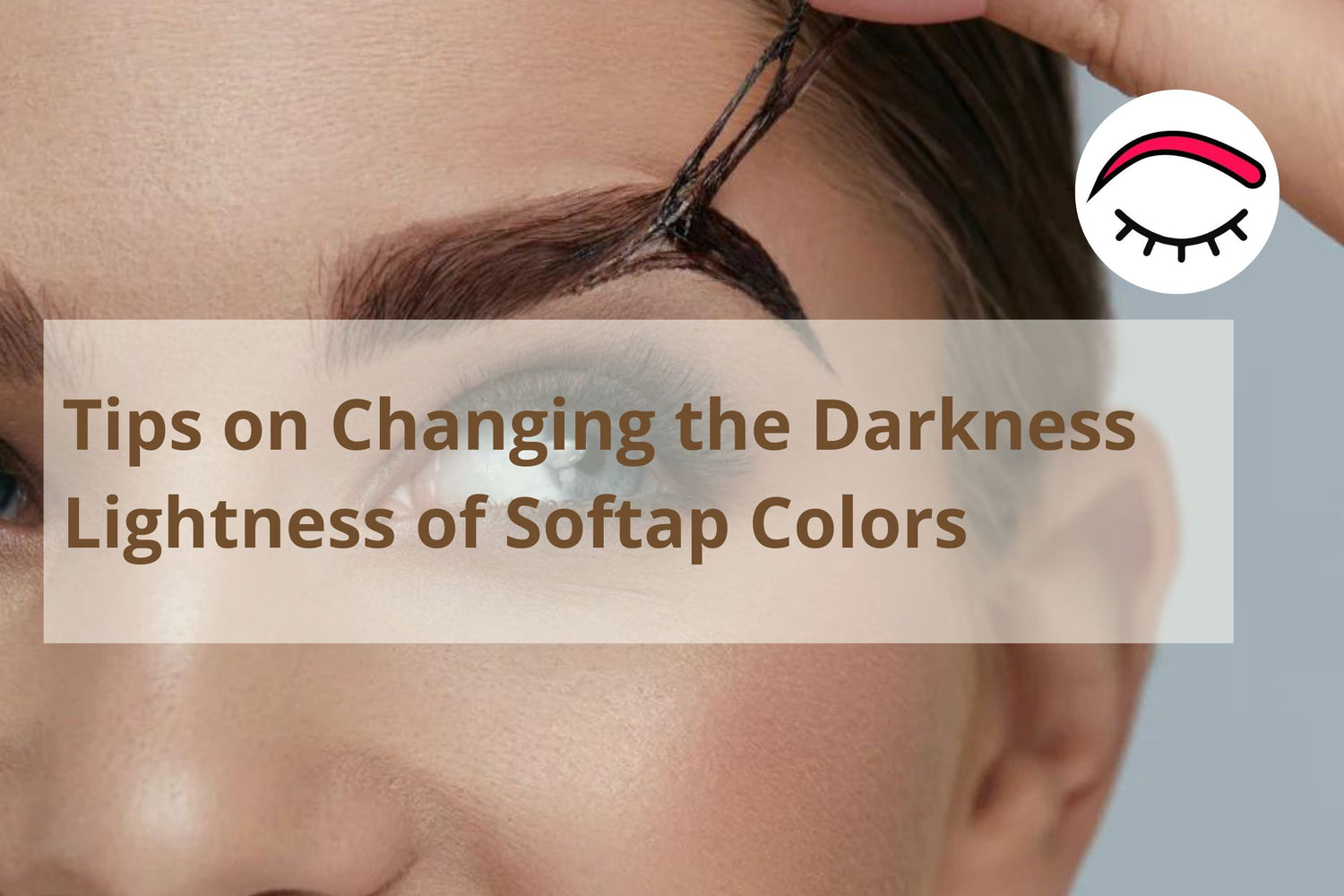
10 Tips for Pricing Permanent Makeup
Dr. CardonaIn this article, I'm going to share 10 useful considerations in establishing the price of permanent makeup procedures to the public.
The price to the public significantly reflects your position in the market, but before establishing or revising it, you should consider several aspects such as:
- What is your experience?
- What guarantees do you offer?
- Who is your competition?
- What is the market price?
- What advantages do you offer compared to your competition?
- How do you consider your work?
- What is your clientele?
- Where are you located?
- What are your fixed and variable costs?
- How do you want to position yourself in the market?
1- What is your experience?
If you have experience in the world of Permanent Makeup, you already have an established public price. However, it's good to check it from time to time, to make the adjustments and reflect your current value to the market. Maybe there is new competition in town or new trends that can affect your price offering.
If you are just starting out and you don't have enough experience, I recommend that you offer the procedure to people close to you like family and friends with a promotional price. So that you can have enough photographic material and practice. This will give you greater confidence when offering the procedure to your future clientele at the right price.
2- What guarantees do you offer?
If you offer a free retouching per month of the procedure, you must include the cost of it in the public price. Which can vary from 15-30 minutes of your time.
If you don't, your clients will have to pay for the retouch each time. I think it is elegant to include it in the total price to project trust and quality
3- Who is your competition?
Before setting the price, you should do a survey of the market in your area and know clearly who offers similar procedures. Who they are, what experience they have, where they are located, what procedures they offer.
Places with a lot of competition and a lot of demand for this type of procedure make the price to the public less than in places with greater demand and little competition. Where you can charge a higher price to the public.
You should find if your competition offers the same type of procedure you offer. Do they offer Softap, another technique manual or work with a machine? Working with a machine is traditionally cheaper than a procedure performed using the Softap manual technique.
4- What is the market price?
The public price of your competition will directly affect what you charge for the same procedure, so take those values as a reference when setting the final price.
5- What advantages do you offer compared to your competition?
Once you know your competition, you can make a comparative table to be able to establish what position you have before them in terms of services you offer, guarantees, experience, location, establishment and time in the market.
6- How do you consider your work?
If you consider that your work is exceptional and high quality you can offer a higher public price than your competition. If you consider that it is a work similar to theirs, you should consider to position yourself at a similar price point.
7- Who is your clientele?
Get a clear image of your target audience, state who you are offering the service to and how much they are accustomed to paying for similar services. How much disposable income they have and how they invest it.
8- Where are you located?
The location has to do with the geographical place and the physical place as such. Depending on the geographical location, keep in mind that there are cities with a higher cost of living and that will affect the price of the public proportionately.
The higher cost of living, the higher the price to the public. If you work in a professional SPA that is registered with all the permits and insurance, you can charge a higher price to the public than if you do it informally.
9- What are your fixed and variable costs?
Fixed costs are those that you have to cover every month, for example, rent, salary, insurance, utilities (electricity, water, internet, telephone), accountant, employees, marketing and any other expenses that you have to pay each month or each year as licenses and permits.
For annual costs, divide that value into 12 and so you know your monthly cost. To establish your fixed cost per hour, add all these expenses, divide them into the number of days you work and then divide that value into the number of hours you work per day.
Variable costs are related to the cost of the procedure itself. To establish your variable costs, add the cost of all the elements that you use when doing a permanent makeup procedure such as:
- The pigment, divide the price you pay for a bottle of pigment in the number of procedures on average we make with it.
- Anesthetics, in the same way, divide the price you pay for a bottle of pigment in the number of procedures you average with.
- The Needle or Needles, how much does the needle cost for you to use in the procedure?
- Other material, what is the cost of the disposable material you use?
Add these costs plus the fixed costs to find your cost per procedure. Please send us an email to request our excel price sheet to find your exact cost.
10- How do you want to position yourself in the market?
The price to the public is reflected in the value that you put to your work and how your customers perceive you, hence the importance of establishing it clearly and with confidence, taking into account all the factors that influence it to get you.




